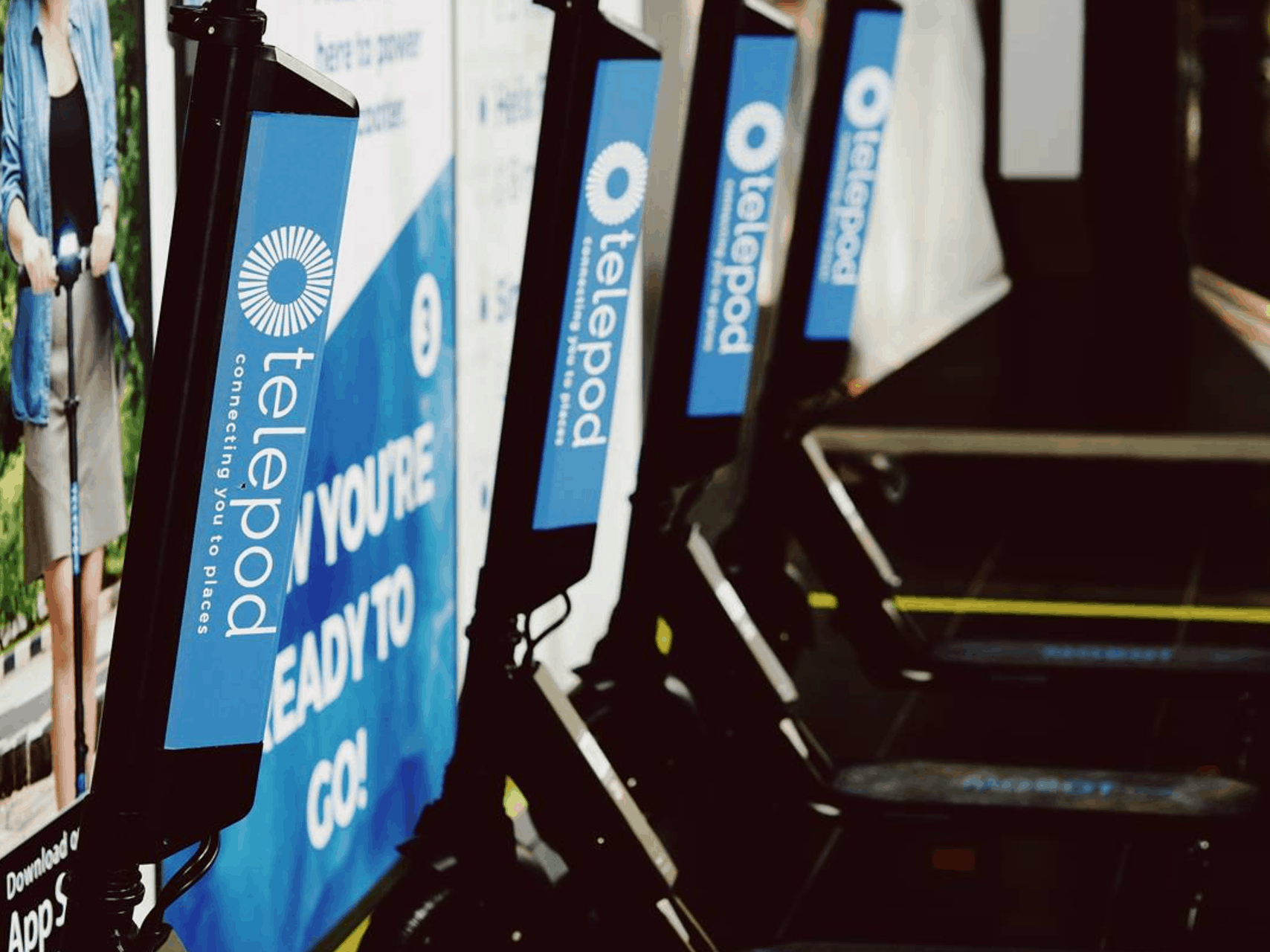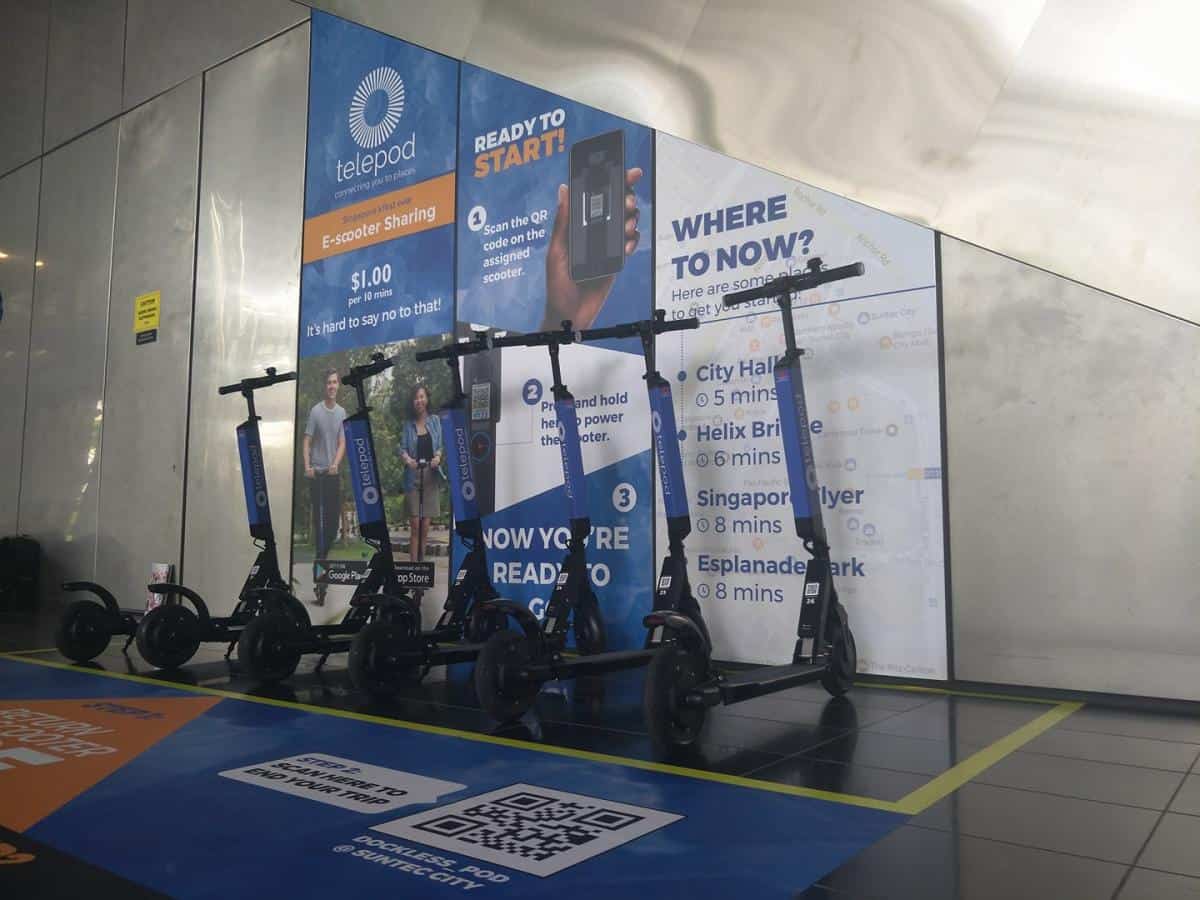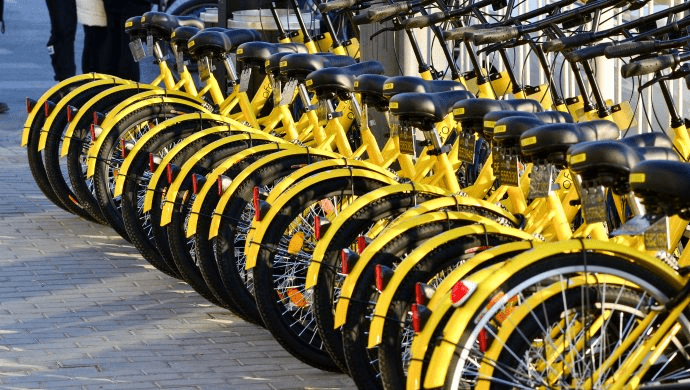Time to telepod your way to work!
The onslaught of bike-sharing companies has made commuting much easier for many Singaporeans, but it has also triggered some bad behaviours over the past few months. Despite that, five NTU alumni have remained undaunted. Enter Telepod, an e-scooter sharing service and the first of its kind in Singapore.
Too Near To Take A Bus Yet Too Far To Walk?
Focusing on the first and last mile of a user’s trip that might be somewhat inconvenient (think about that 15-minute walk from the MRT station to your destination), the founders of Telepod identified a gap in this part of a commuter’s journey where public transport is unable to serve efficiently.
Speaking to The New Paper, CEO Ms Gan Jin Ni said she always felt that even though her school was not far away, it still requires a long walk to get there. Co-founder and COO Louis Goh said that with Telepod, users will save about one-third of the total time they would otherwise take to get to their destination.
Telepod: Pilot Trial Had Already Begun
Right now, the e-scooters are available for trial at Suntec City’s main entrance. And from next month onwards, they will be available at three locations in their alma mater – the CleanTech Park, Research Techno Plaza, and North Hill Residences.
To use the service, first download the Telepod app from the App Store or Google Play Store. After scanning a QR code that located on the docking station, the scooter can then be unlocked for use. The service is priced at $1 for every 10 minutes, regardless of whether the scooter is moving or not. A refundable deposit of $49 is also required.
With Every Sharing Economy Initiative Comes Concerns
Yes, we know, we have some questions too.
With all the bike-stealing, discarding and dumping going on these days, how is the Telepod team tackling this problem with regards to their scooters?
The answer is that they have adopted a dockless system with designated parking zones. This means that the scooters can only be unlocked from and released within the designated zone using the startup’s in-house tracking technology.
Users have to scan the QR code at the designated zone in order to end the ride. All scooters are also installed with GPS tracking and alarm systems. If required, they can even be remotely disabled. The maximum rental time for the sharing service is six hours.
E-scooter Accidents On The Rise
And what about safety measures? With the increase of popularity in personal mobility devices (PMDs), there are also some potential risks that come with riding one. E-scooter accidents are not unheard of.
A safety measure that Telepod has put in place is that the speeds of the scooters are limited and capped at 25 km/h. However, safety responsibilities should not solely fall on the Telepod team. The scooter itself is not dangerous, and the more important factor is how the rider uses it. Even if the Telepod e-scooters have a maximum speed, reckless or careless usage can still result in accidents.
Future Expansion Plans For Telepod
Telepod says it hopes to expand and set up designated zones at Gardens by the Bay, Marina Bay Sands and nearby MRT stations in the CBD area – thus why they chose Suntec City to run their first trial. After their July trial in NTU, there will be another 50 scooters added by October when SMRT comes on board.
Telepod’s indirect competitors such as Ofo, Mobike and oBike have faced some hurdles in their journey to establish themselves in Singapore. Despite the bike-sharing abuse, the system is still relatively successful. However, e-scooters are way costlier than bicycles and in that sense, Telepod faces a higher risk than its bike-sharing counterparts.
Will Telepod’s way of incorporating technology prove to be successful in warding off destructive user behaviours? It remains to be seen.





















